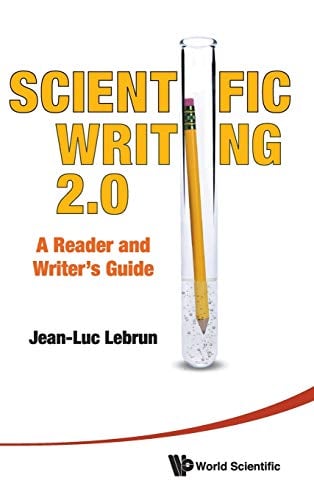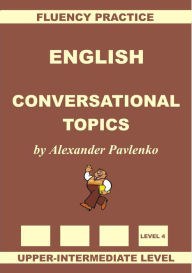SCIENTIFIC WRITING 2.0
The book helps scientists write papers for scientific journals. Using the key parts of typical scientific papers (Title, Abstract, Introduction, Visuals, Structure, and Conclusions), it shows through numerous examples, how to achieve the essential qu...
Read more
The book helps scientists write papers for scientific journals. Using the key parts of typical scientific papers (Title, Abstract, Introduction, Visuals, Structure, and Conclusions), it shows through numerous examples, how to achieve the essential qualities required in scientific writing, namely being clear, concise, convincing, fluid, interesting, and organized. To enable the writer to assess whether these parts are well written from a reader's perspective, the book also offers practical metrics in the form of six checklists, and even an original Java application to assist in the evaluation. The focus of the book is on self- and reader-assisted assessment of the scientific journal article. It is also the first time that a book on scientific writing takes a human factor view of the reading task and the reader scientist. By revealing and addressing the physiological causes that create substantial reading difficulties, namely limited reader memory, attention span, and patience, the book guarantees that writing will gain the much coveted reader-centered quality.
Less









.jpg)

















